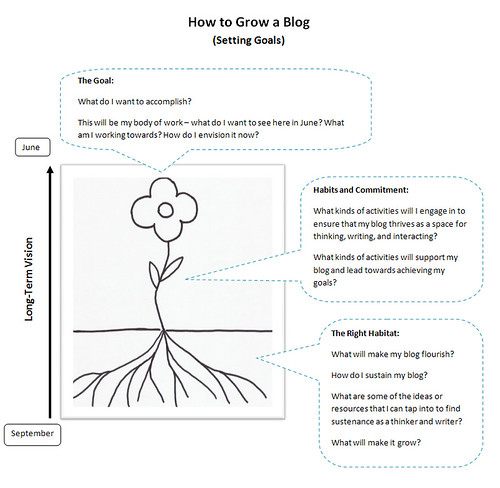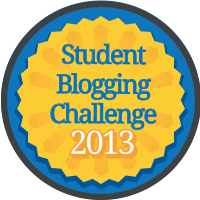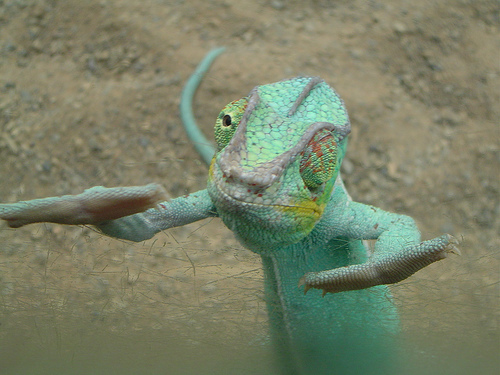Remember that blogging is a conversation. Keep this in mind: " bloggers blog because they are on a journey, a quest, and that every entry is an opportunity to continue that journey."
Try filling out your own "How to Grow a Blog planning sheet." A student sample is posted below the setting goals sheet.
If you want more information, visit Konrad Glogowski's blog.
Try filling out your own "How to Grow a Blog planning sheet." A student sample is posted below the setting goals sheet.
If you want more information, visit Konrad Glogowski's blog.
How are you going to grow your own blog?










 RSS Feed
RSS Feed